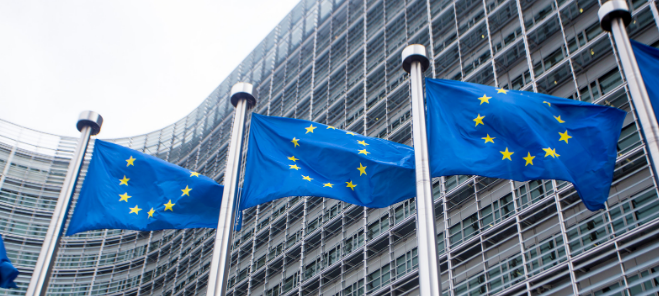
Governments will prioritize certain industries, and some markets will see fewer disruptions
Gas flow disruptions will significantly dampen industrial activity throughout Q4 2022 and Q1 2023 and will further exacerbate existing price pressures. B2B MNCs should revisit their segmentation strategies to account for the upcoming disruptions and focus on industries that will be more resilient and more likely to benefit from government support. FrontierView’s resilience index takes into account individual gas consumption, confidence levels in the first seven months of 2022, industrial turnover, and the likelihood to be prioritized by the industry’s respective government. The index can be helpful in identifying segments that will be more resilient to the upcoming disruptions. MNCs should also consider the possibility of substituting gas input with alternative sources of energy but should account for the cost implications of such a move. Alternatively, MNCs could revisit their product portfolio and focus on goods that are less energy intensive to produce, which might soften some of the increased pressures on their supply chains.
Overview
Gas flows via Nord Stream 1 fell to 30 million cubic meters a day from the seasonal average of 150 million cubic meters a day, following a decision by Gazprom to drastically reduce exports to Europe. In response to the gas cuts, the EU has announced a voluntary target of a 15% reduction in gas consumption. Some German industries have already indicated they will shift to oil for electricity production or will reduce output in the upcoming months.
Our View
European gas futures jumped to EUR 209 MWh in the aftermath of the additional cut introduced by Gazprom, almost reaching the record high of EUR 225 MWh in March 2022, signaling an expected further acceleration in inflation in H2 2022 (the average for 2012–2021 was EUR 21 MWh). The recent cut is also unlikely to be the last, and the notable drop in physical flows casts doubt on the ability of the EU to reach 80% storage capacity before the winter period. The reduced gas flows will also severely affect the ability of European markets to sustain their consumption, regardless of the accrued inventories, especially considering that the EU has historically received around 300 million cubic meters of gas daily between October and December. Recent events confirm our expectations that gas rationing in Q4 2022 remains highly likely and the EU will seek to make the cuts to gas consumption mandatory. The effect will have a disproportionate effect on domestic industries, considering that governments will seek to prioritize certain sectors, such as essential services, pharmaceuticals, chemicals, and food processing. Furthermore, the exposure to disruptions will vary significantly on a market-by-market basis, with industrial segments in Spain and France considerably less exposed to the expected shock.
At FrontierView, our mission is to help our clients grow and win in their most important markets. We are excited to share that FiscalNote, a leading technology provider of global policy and market intelligence has acquired FrontierView. We will continue to cover issues and topics driving growth in your business, while fully leveraging FiscalNote’s portfolio within the global risk, ESG, and geopolitical advisory product suite.
Subscribe to our weekly newsletter The Lens published by our Global Economics and Scenarios team which highlights high-impact developments and trends for business professionals. For full access to our offerings, start your free trial today and download our complimentary mobile app, available on iOS and Android.

